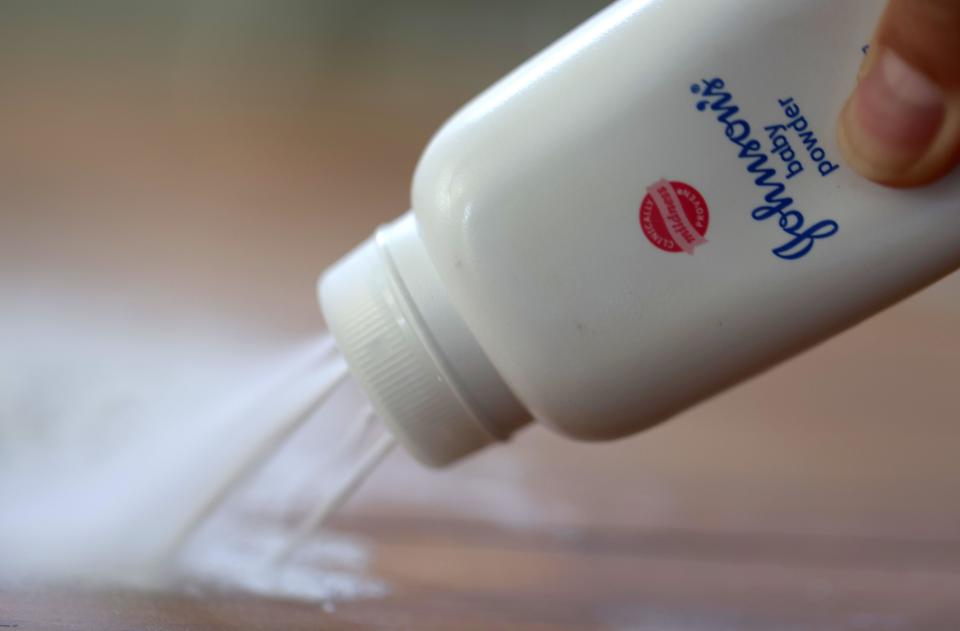J&J hopes for deal with third talc settlement

Johnson & Johnson has outlined a new settlement that it said would resolve nearly all of the lawsuits it faces over claims that its talc products, including baby powder, caused cancer.
The pharmaceutical giant said it was offering $6.475bn (£5.2bn) over 25 years to former customers with ovarian cancer claims.
Those represent the vast majority of the more than 59,000 lawsuits it faces.
In all, it said it was now setting aside about $11bn (£8.8bn) to address the talc litigation.
This is the third settlement offer Johnson & Johnson has put forward to try to address the claims from former customers, which have weighed on the company's reputation and stock price.
It said none of the cases against it had "merit" but it was now seeking votes of support for the proposal from its opponents in the hope of ending the litigation.
Last year, it proposed to pay nearly $9bn (£7.2bn) for a more comprehensive deal, which would have addressed lung cancer and mesothelioma claims, as well as litigation from state attorneys general in the US.
The company said it was working separately to resolve those matters and had addressed 95% of the mesothelioma claims.
It also announced a tentative $700m (£560m) settlement with the states in January.
Erik Haas, the company's worldwide vice president of litigation, said he hoped that putting the latest deal directly to ovarian cancer claimants would help bring the fights to a close.
“Unlike the prior cases, it is the vote of the claimants – and not the conflicting financial incentives of the small minority of plaintiff lawyers who stand to receive excessive legal fees outside of a reorganization – that decides whether the Plan may proceed,” he said.
The company said the $6.475bn sum was "far better recovery than the claimants stand to recover at trial" and that the slow nature of the legal process meant most of those effected would never have “their day in court”.
The deal drew mixed reactions from lawyers representing former customers.
"If a bankruptcy court accepts the proposal, J&J would pay pennies on the dollar for ovarian cancer and mesothelioma claims," lawyers Mike Papantonio and Andy Birchfield said in a statement.
Johnson & Johnson stopped US sales of its talc-based baby powder in 2020, citing "misinformation" that had sapped demand for the product, applied to prevent nappy rash and for other cosmetic uses, including dry shampoo. In 2022, it announced plans to end sales globally.
Before that decision, the company had sold the baby powder for almost 130 years. It continues to sell a version of the product that contains cornstarch.
Johnson & Johnson has won a majority of the talc lawsuits against it and has maintained the products did not contain asbestos and did not cause cancer.
But it has been stuck with some significant losses, including one decision in which 22 women were awarded a judgement of more than $2bn.
It previously tried to resolve the lawsuits in bankruptcy court.
But its efforts ran into trouble after judges have ruled that the subsidiary it created to be responsible for the claims was not in financial distress and could not use the bankruptcy system to resolve the lawsuits.

 Yahoo Finance
Yahoo Finance 